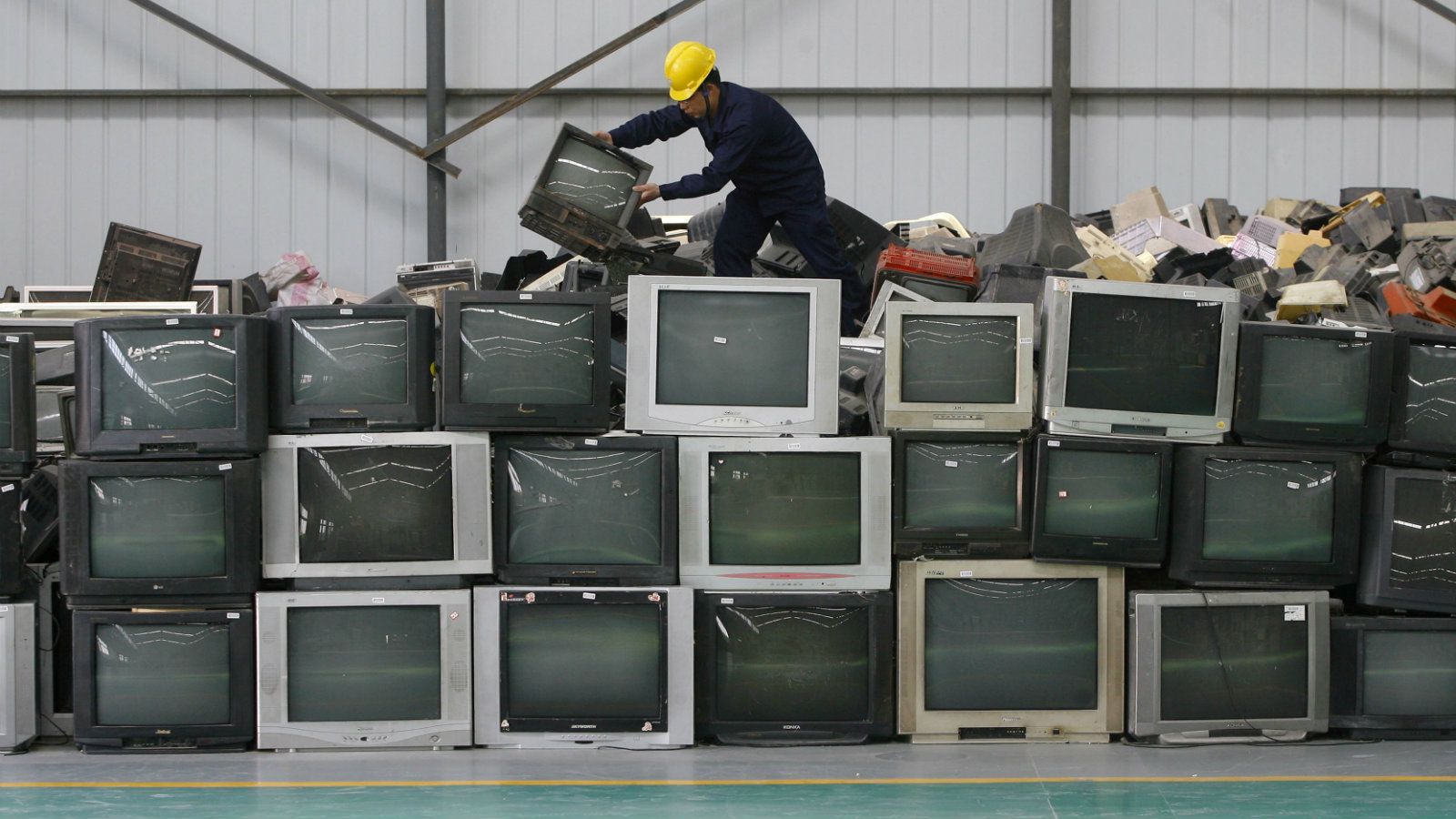Charts: Once in every room, TV sets are slowly vanishing from American homes
The average American household once had as many TV sets as people (pdf). Now, the number of TV bearing homes is shrinking as Americans turn to their phones and laptops and cut the cord to their monthly cable bills.


The average American household once had as many TV sets as people (pdf). Now, the number of TV bearing homes is shrinking as Americans turn to their phones and laptops and cut the cord to their monthly cable bills.
The share of households without a TV is growing, according to the latest available data from the Energy Information Administration. The average US household now has 2.3 TV sets, down from 2.6 in 2009. And those that use three or more TV sets are at the lowest levels since 2001.
Americans aren’t buying as many TVs either. The US TV market was worth $21.7 billion in 2017, about 8% less than it was five years ago, data from Euromonitor International showed. (But Euromonitor consumer-electronics researcher Loo Wee Teck noted that the global TV market has rebounded, and is up 4% from last year, on the introduction of new Ultra HD models.)
But while the delivery method might have changed, more people are consuming content than ever. As traditional TV viewership falls, usage of other devices including computers and smartphones, which can be used to do a great many things apart from watching TV, as Recode pointed out, has risen steadily. The number of TV viewing households in the US rose 1.7% to 118.4 million this 2016-17 TV season, Nielsen forecasted.